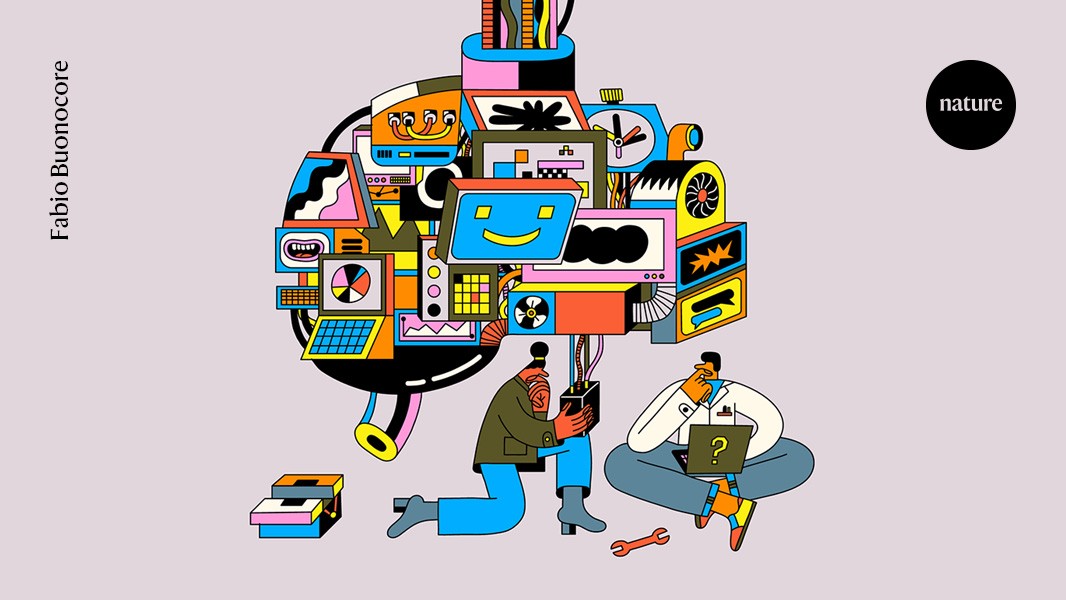- Innovation Profs Newsletter
- Posts
- Innovation Profs - 5/21/2024
Innovation Profs - 5/21/2024
Your weekly guide to generative AI tools and news
Join us for a full-day generative AI workshop
Professors Porter and Snider are teaching a one-day Intro to Generative AI Workshop at Drake University (or virtual) on June 7. Come learn about how you can use generative AI in your daily life. Attendees will:
Get up to speed on the current generative AI landscape
Learn tips for getting more value from tools like ChatGPT and Midjourney
Get hands-on with tools for creating text, images, audio and more
Discuss the legal and ethical side of generative AI in the workspace
Generative AI News
OpenAI on the defensive after multiple PR setbacks in one week
This has been a rough week for OpenAI, which is quite the contrast with last week, when they released GPT-4o, their most sophisticated multimodal large language model to date. Below are three individual news stories that report the various challenges OpenAI has faced in the past week:
OpenAI Loses Two More Leaders—What Does That Mean for AI Safety?
Just after the launch of GPT-4o, Jan Leike and Ilya Sutskever, two OpenAI researchers with a focus on AI safety, announced that they were leaving the company. The circumstances of their respective departures is unknown, although Sutskever, OpenAI’s chief scientist, was reportedly involved in the temporary ouster of Sam Altman back in November.
ChatGPT can talk, but OpenAI employees sure can’t
On a note related to the departures of Leike and Sutskever, a story came out last week about the strict non-disclosure agreements imposed upon outgoing OpenAI employees. The existence of an NDA for former OpenAI employees is unsurprising, but what makes this case noteworthy is that the failure to sign an NDA was reportedly tied to the forfeiture of an employee’s equity in OpenAI, which, as you might guessed, is extremely valuable at the moment. The story was so significant that Sam Altman tweeted out a response in which he claimed that there was no clawback of the equity of departing employees, but that some exit paperwork was in the process of being updated.
Scarlett Johansson told OpenAI not to use her voice — and she’s not happy they might have anyway
The most significant hit to OpenAI came just yesterday, when Scarlett Johansson released a statement about Sky, one of the voices of GPT-4o that was used in multiple demos, a voice that sounds quite similar to Johansson’s. According to Johansson, back in September, OpenAI approached her about using her voice for GPT-4o (potentially as a nod to her role as the voice of an AI in the movie “Her”), but she declined. Yet last Monday, OpenAI appeared to not respect her wishes, using the Johansson-like voice Sky in their demos. Altman issued a response: “The voice of Sky is not Scarlett Johansson’s, and it was never intended to resemble hers. We cast the voice actor behind Sky’s voice before any outreach to Ms. Johansson. Out of respect for Ms. Johansson, we have paused using Sky’s voice in our products. We are sorry to Ms. Johansson that we didn’t communicate better.”
Project Astra is the future of AI at Google
With OpenAI’s launch of GPT-4o last week, Google has already announced a similar tool of their own, a multimodal AI agent called Project Astra. In a demo video presented by Google DeepMind head Demis Hassabis at Google I/O, its annual developer conference, Astra was shown running on a smartphone, answering real-time questions about objects in the environment (“an Astra user in Google’s London office asks the system to identify a part of a speaker, find their missing glasses, review code, and more”). Astra is still at an early stage in its developmental cycle, but it will be interesting to see if it can successfully compete with GPT-4o.
Google's answer to OpenAI's Sora has landed – here's how to get on the waitlist
In yet another Google response to a new OpenAI development, Google also announced Veo at Google I/O, a text-to-video generation tool set to rival OpenAI’s Sora. Veo is set to be released later this year, but a waitlist for early testers of the tool is available through Google Labs. See more in the “Tool of the Week” below.
Midjourney Now Has Web Interface, Here's How to Use It
To date, AI image generation tool Midjourney has only been available via Discord. Now, a web-based version of Midjourney will soon be accessible to all subscribers, removing a hurdle that has hindered a number of folks that we’ve talked to from using the tool (which happens to be Snider’s favorite image generation platform).
Quick Hits
Tool of the week: Veo / VideoFX
Google has a new generative video model called Veo that generates high-quality, 1080p resolution videos longer than one minute, in a variety visual styles. See examples here.
The tool is available to use under the name VideoFX - but is not open to everyone yet. Join the waitlist here.
Innovation Profs Homework
Try out Perplexity. There’s been a lot said this week about the future of web search - and more importantly the future of websites that rely on search traffic to generate revenue. So what does this future look like? We already know.
Perplexity is a combination search engine and generative AI tool that gives you “concise, accurate answers backed up by a curated set of sources.”
Perplexity says it is best used for answering questions, summarizing articles and web pages and exploring topics in depth.
Try Perplexity out and let us know what you think.
AI-generated image of the week
It’s graduation season. So we decided to see how well Midjourney could show a student at graduation holding their cap in their hand and not on their head. It was much harder than we thought.
Also: count the hands

prompt: medium shot photo of two students holding their graduation caps in their hands, as students in the background throw their caps into the air, blue and white colors, highly-detailed, natural light --s 750 --no hatGenerative AI tip of the week: Write better prompts
Better prompts = better results. So how can you find better prompts. Search the internet of course. One good place to start is AwesomeChatGPT, which is a repository of prompts in different categories. Check it out and get inspired to write better prompts.
Get starting with Generative AI
New to generative AI? Here are some places to start…
What we found
Trying to master the art of writing image prompts? Being able to describe images correctly is a good first step. Google has a new game to teach you just that. Try out Say What You See from the Google Arts & Culture Lab.






/cdn.vox-cdn.com/uploads/chorus_asset/file/25452034/2024_05_18_Installer_38.png)



